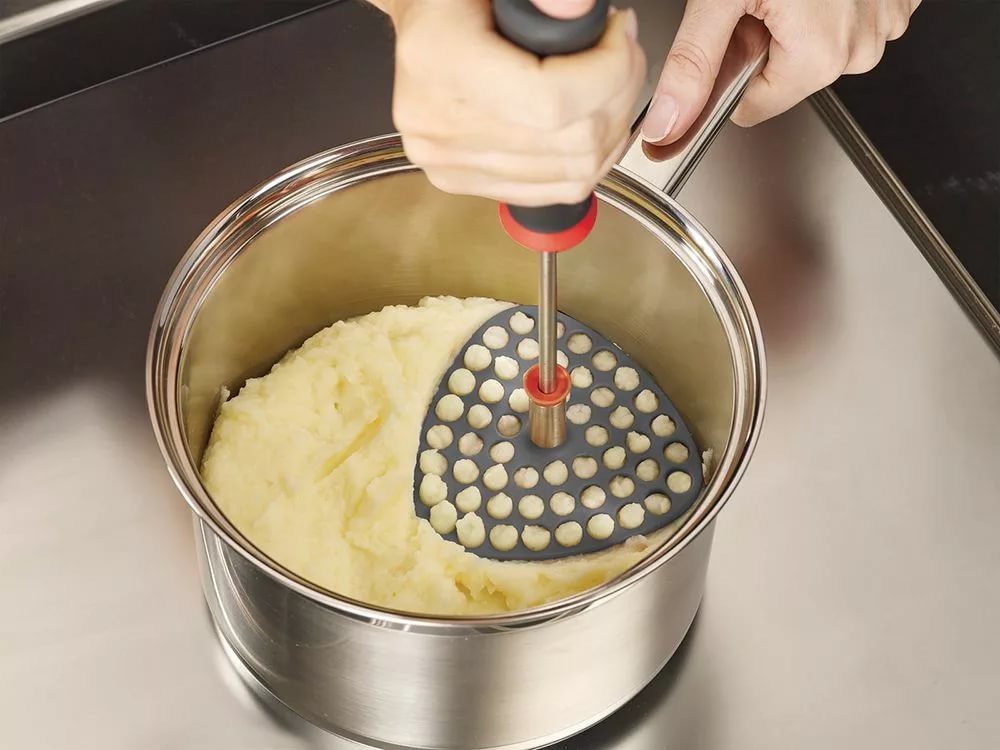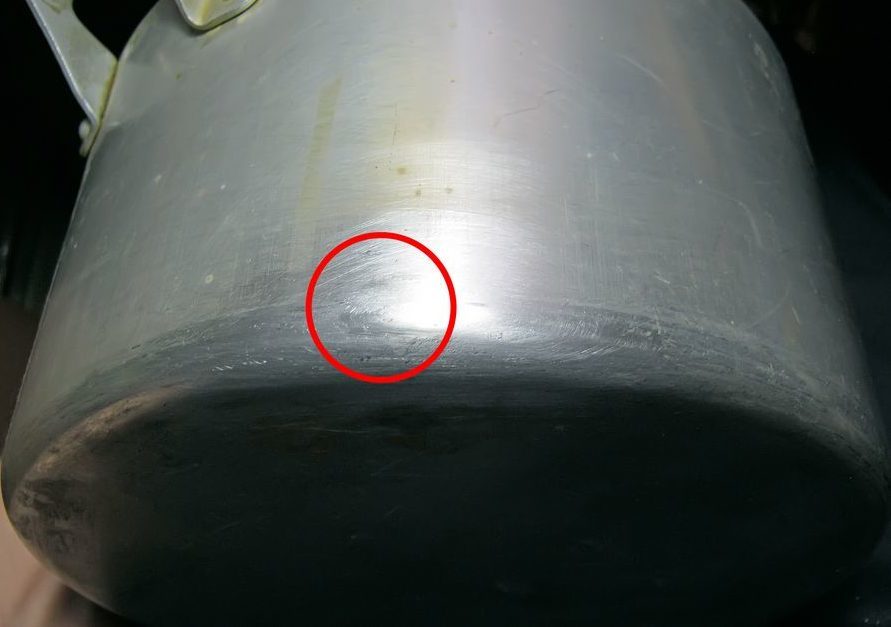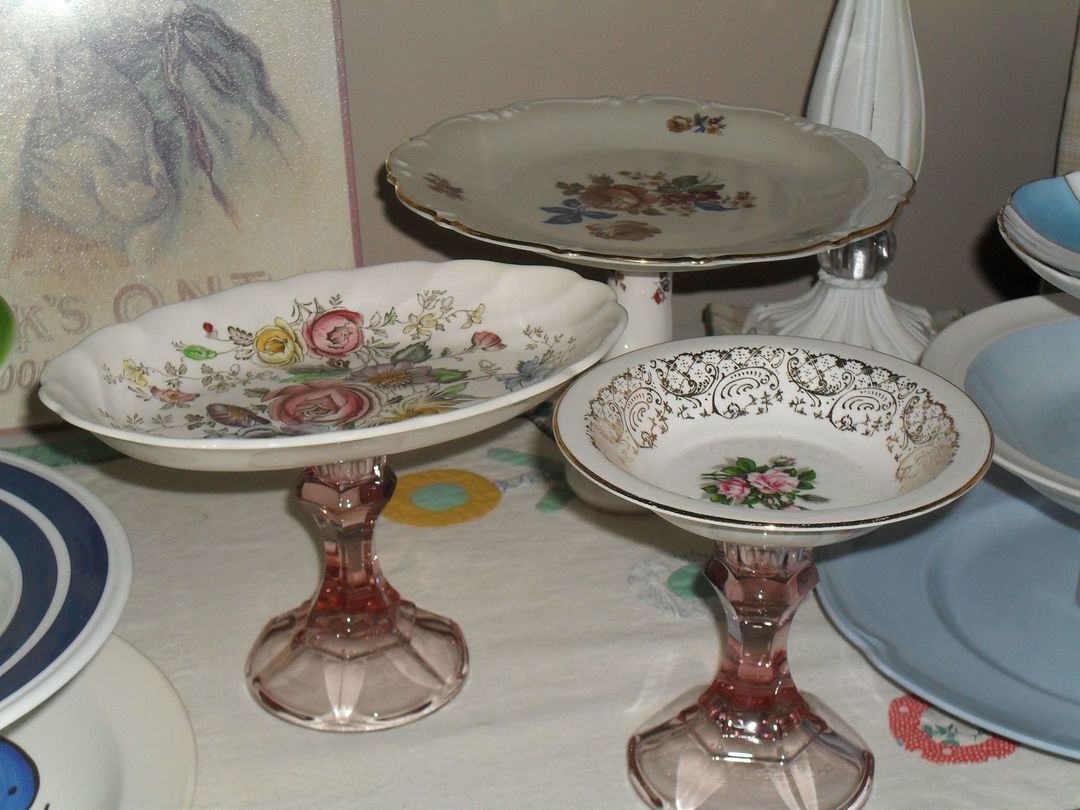Some foreign words sound and read almost like ours, but have a different meaning. For example, a mess (bardak), which in Turkish can mean a glass or a cup. This means different types of these dishes. But today I will tell only about one of them, which occupies an important place in the culture of Turkey and Azerbaijan.
@Ben_Kerckx
The content of the article
- Armudu
- Turkish tea glass and its features
Armudu
Armudu means pear in Azerbaijani. The name is apt, because a Turkish tea glass strongly resembles this fruit. True, some see in the original shape of the vessel walls a hint of the bend of a woman's waist, so not you should be surprised to hear the term "boomaly" (Boğmalı), which in our language means "Cramped".
The tapered center of the Turkish teapot helps to maintain the temperature of the drink at the bottom for longer. And the wide top helps to quickly cool the hot liquid. This allows you to enjoy a freshly brewed invigorating drink without the risk of burning your lips.
@babemagnet
Turkish tea glass and its features
Armuds can be made of various materials, but the most popular are glass and crystal vessels, through the walls of which the contents are visible. At the same time, the former are quite often covered with decorative paintings, including elements of national ornament.
Armudu with a handle is a variant of tableware adapted for tourists. Original tea glasses are made without it.
The second remarkable feature of such "cups" is their volume - only 100 ml. And this also has an intent, because a small amount of tea can be drunk quickly, while it is still fresh and hot. Well, then the same glass is again filled from a nearby teapot by vigilant owners.
By the way, the drink is not poured into the armuda to the top, but so that there is free space for the lips - 1-2 cm from the edge. It is called dodag yeri and is often marked with a rim. Well, so as not to burn your fingers during the tea ceremony, armuds are supplemented with small plates that successfully replace the missing handle.
Subscribe to our Social Networks


